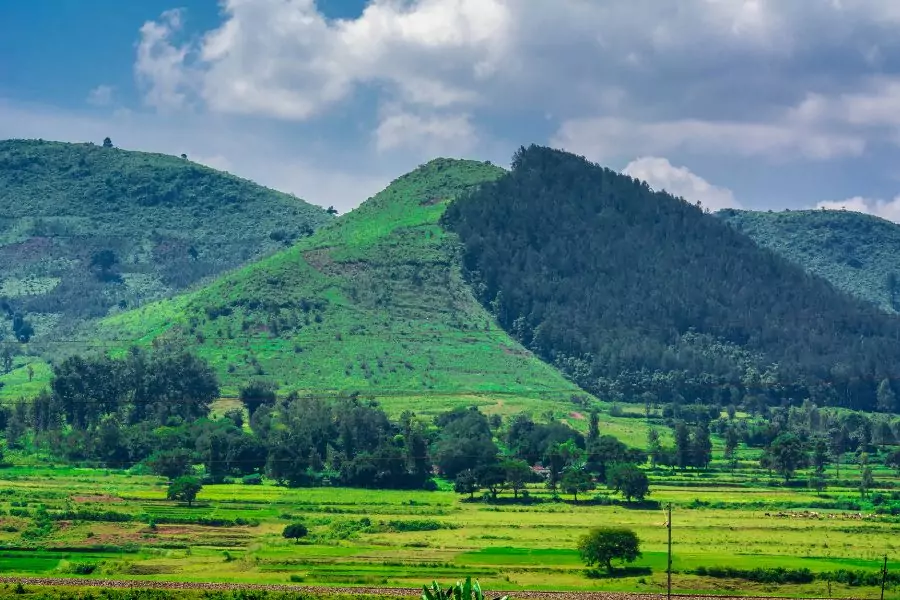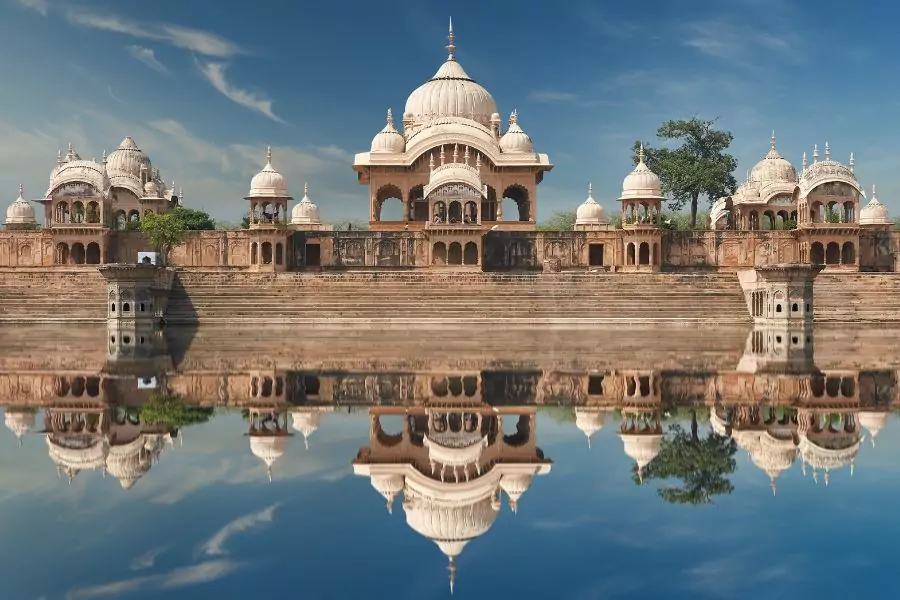Amarnath Yatra – Routes to Amarnath, Preparing for the Yatra

The Amarnath Yatra is one of the most revered pilgrimages in Hinduism, drawing thousands of devotees every year to the sacred Amarnath Cave, located in the majestic Himalayas. This spiritual journey is not just a test of physical endurance but also a profound experience of faith and devotion. The cave houses the naturally formed Ice Lingam, symbolizing Lord Shiva, making it a significant site for worshippers.
Introduction to Amarnath Yatra

The Amarnath Yatra holds a special place in the hearts of Shiva devotees. It’s an annual pilgrimage to the Amarnath Cave, situated at an altitude of approximately 3,888 meters (12,756 feet) in Jammu and Kashmir, India. The cave is renowned for the Ice Lingam, which forms naturally and is believed to be a manifestation of Lord Shiva. The pilgrimage usually takes place during the Shravan month of the Hindu calendar, which falls between July and August.
Historical Significance
The origins of the Amarnath Yatra are steeped in mythology and history. According to legend, it was in this cave that Lord Shiva revealed the secret of immortality, the Amar Katha, to his consort, Goddess Parvati. The cave was first discovered by a shepherd named Buta Malik in the 15th century, who is said to have stumbled upon it while searching for his lost sheep. Since then, the cave has become a prominent pilgrimage site.
The Sacred Ice Lingam
At the heart of the Amarnath Yatra is the Ice Lingam, a naturally formed stalagmite that represents Lord Shiva. This Lingam waxes and wanes with the phases of the moon, and during the Shravan month, it reaches its full height, attracting devotees from all corners of the world. The formation of the Ice Lingam is considered a divine miracle, and witnessing it is believed to bring blessings and spiritual fulfillment.
The Journey: Routes to Amarnath

Pilgrims can undertake the Amarnath Yatra via two main routes: the traditional Pahalgam route and the shorter but steeper Baltal route.
1. Pahalgam Route
- Distance: Approximately 48 kilometers (29.8 miles)
- Duration: 3 to 5 days
- Highlights: The Pahalgam route is known for its scenic beauty and gradual ascent. Pilgrims pass through picturesque locations like Chandanwari, Sheshnag, and Panchtarni before reaching the holy cave.
2. Baltal Route
- Distance: Approximately 14 kilometers (8.7 miles)
- Duration: 1 to 2 days
- Highlights: The Baltal route is shorter but much steeper, making it a more challenging option. It is ideal for those who prefer a quicker journey and are physically fit.
Preparing for the Yatra
The Amarnath Yatra is physically demanding, and pilgrims must be well-prepared to undertake this journey. Here are some essential tips:
1. Physical Fitness
- Engage in regular cardiovascular exercises like walking, jogging, and cycling.
- Strengthen your muscles with weight training and yoga.
- Practice breathing exercises to improve lung capacity.
2. Acclimatization
- Spend a few days at higher altitudes before starting the Yatra to acclimatize.
- Stay hydrated and avoid alcohol and smoking.
3. Medical Check-up
- Undergo a thorough medical examination to ensure you are fit for the Yatra.
- Carry essential medications and a first-aid kit.
Safety Measures During the Yatra
The Amarnath Yatra takes place in challenging terrain and harsh weather conditions. Pilgrims should follow these safety guidelines:
- Travel in groups and avoid venturing alone.
- Carry sufficient warm clothing, as temperatures can drop drastically.
- Follow the instructions of the security personnel and local authorities.
- Be cautious of landslides and other natural hazards.
Accommodation and Facilities
During the Yatra, several temporary accommodations and facilities are set up to assist pilgrims. These include:
- Tent Cities: These are temporary camps set up at various points along the route, such as Pahalgam, Chandanwari, Sheshnag, and Baltal.
- Langars: Free community kitchens that provide meals to pilgrims.
- Medical Camps: These camps offer medical assistance and emergency care.
Best Time to Visit
The Amarnath Yatra is usually open to pilgrims for about 45 days during the Shravan month. The best time to undertake the Yatra is during the early weeks of the pilgrimage season, as the weather is relatively stable. However, pilgrims should be prepared for sudden weather changes and possible disruptions.
The Spiritual Significance
The Amarnath Yatra is not just a physical journey but a spiritual quest. For many devotees, reaching the holy cave and witnessing the Ice Lingam is a once-in-a-lifetime experience that deepens their connection with Lord Shiva. The hardships faced during the Yatra are seen as a test of faith, and overcoming them brings a sense of spiritual fulfillment and inner peace.
Tips for First-Time Pilgrims
If you’re planning to undertake the Amarnath Yatra for the first time, here are some tips to help you prepare:
- Register Early: Ensure you register for the Yatra well in advance, as the number of pilgrims allowed each year is limited.
- Pack Light: Carry only essential items, as you will need to trek long distances.
- Hire a Porter or Pony: If you are not confident in your physical ability, consider hiring a porter or pony to help carry your belongings.
- Stay Informed: Keep track of weather updates and follow the guidelines provided by the authorities.
Conclusion
The Amarnath Yatra is more than just a pilgrimage; it’s a journey that tests your physical limits, deepens your spiritual beliefs, and offers a unique connection with the divine. As you trek through the breathtaking landscapes of Kashmir, every step reminds you of the power and presence of Lord Shiva. The challenges faced during the Yatra make the experience so rewarding, leaving you with a sense of accomplishment and spiritual fulfillment.
FAQs
- What is the significance of the Ice Lingam in Amarnath?
The Ice Lingam in Amarnath symbolizes a physical manifestation of Lord Shiva. It naturally forms every year and stands as a sacred symbol of the deity’s presence. - How can I prepare physically for the Yatra?
Regular physical exercise, including cardiovascular activities and strength training, will prepare you for the Amarnath Yatra. It’s also crucial to undergo a medical check-up and acclimatize to high altitudes. - Which route is better: Pahalgam or Baltal?
The Pahalgam route, longer and more scenic, offers a gradual ascent, while the Baltal route, though shorter, is steeper and more challenging. Your choice depends on physical fitness and preference. - What accommodation options are available during the Yatra?
Temporary tent cities and langars along the Yatra route offer basic amenities like food, shelter, and medical aid. These services are available at various stops, including Pahalgam, Chandanwari, Sheshnag, and Baltal. - Is the Amarnath Yatra safe for elderly pilgrims?
Although the Yatra is physically demanding, many elderly pilgrims complete it successfully every year. Older pilgrims should take extra precautions, such as undergoing a medical check-up, choosing the Pahalgam route for a more gradual ascent, and traveling with a group.


